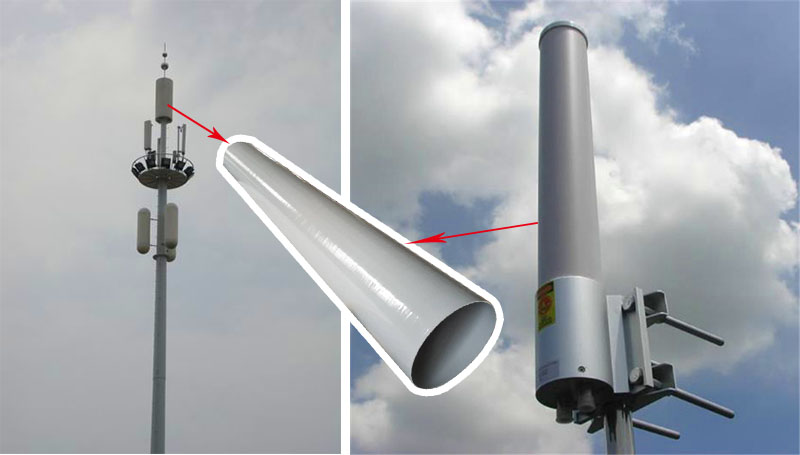- Winding process Winding process is the most original manufacturing method of FRP pipe. As the name implies, it is produced by winding. If there is winding, it needs a carrier, which is called a mold, that is, winding FRP material onto the mold. Because this manufacturing process only has molds inside, the inner diameter of the wound pipe has a high standard size, but the precision standard of the outer diameter is very low. If the outside diameter is required to be high, it needs to use a lathe or CNC machine tool for post-processing.
- The pultrusion process was introduced earlier, and the current market share is even greater than the winding process pipeline. FRP pipe production using pultrusion process in the small tube class, because this process for the machine requirements, especially the traction machine. The size of the inside and outside wall of the pipeline made by this process is relatively standard, but it is easy to appear eccentric phenomenon. Due to the limitations of the pultrusion process, the longitudinal strength of the pipeline is good, but the transverse strength is poor. In addition, this process is suitable for the shape of a pure cylinder, that is, no matter how you shape, but the outside diameter section of the same products, a little different modeling for the pultrusion process is not possible.
- Coiled tube process FRP pipe production method of coiled tube process is mainly used for glass steel pipe with high strength requirements, including sports equipment, cycling frame, fishing rod and so on. This process produces the strongest pipe of the many FRP pipe manufacturing processes, but its high cost and limited shape, so the market usage is not very high.
4, other processes can also use hand paste process, molding process and so on to make FRP pipes, but these FRP pipe production methods are only suitable for extreme cases, generally speaking, or the use of the first three processes.





